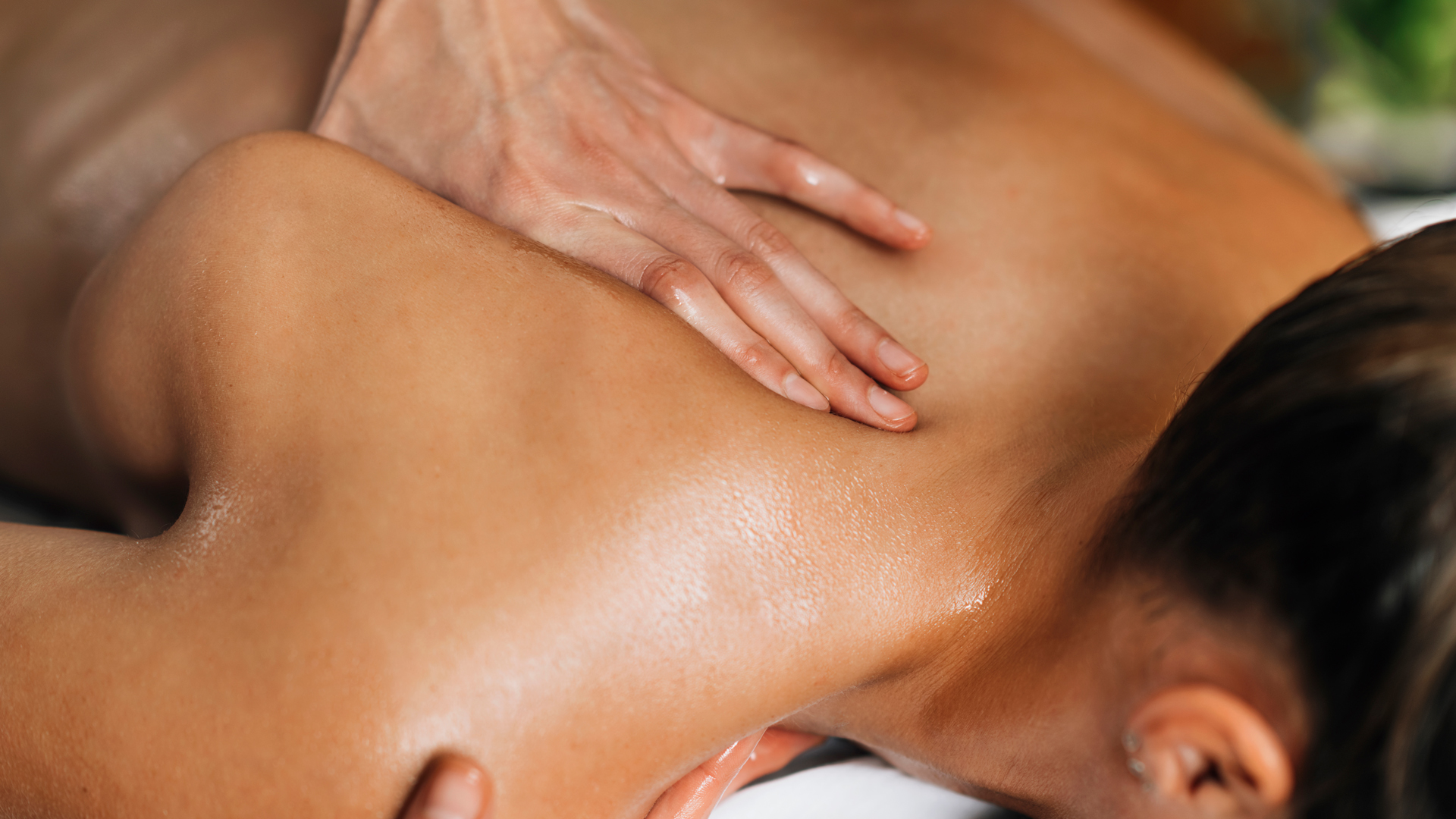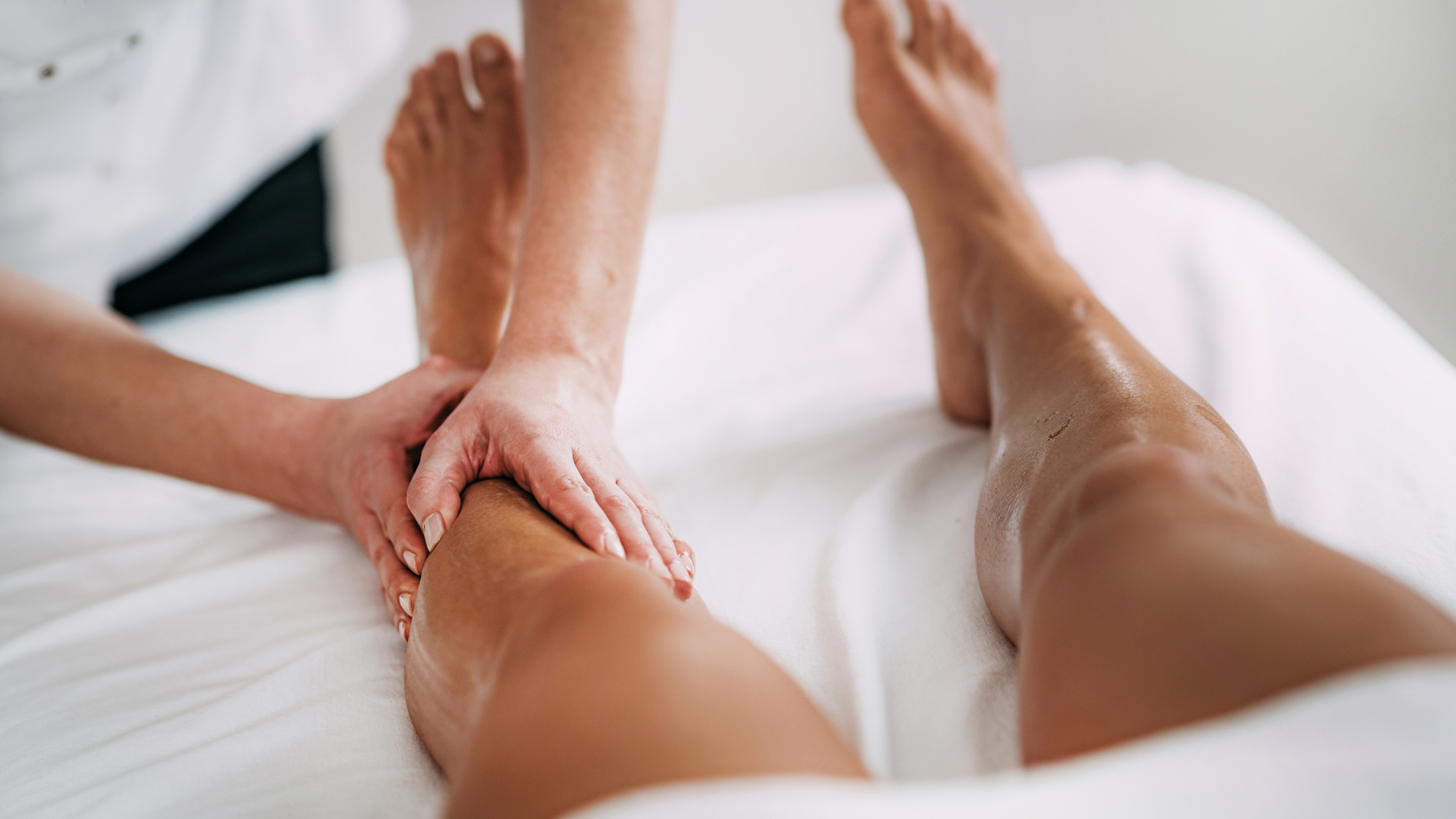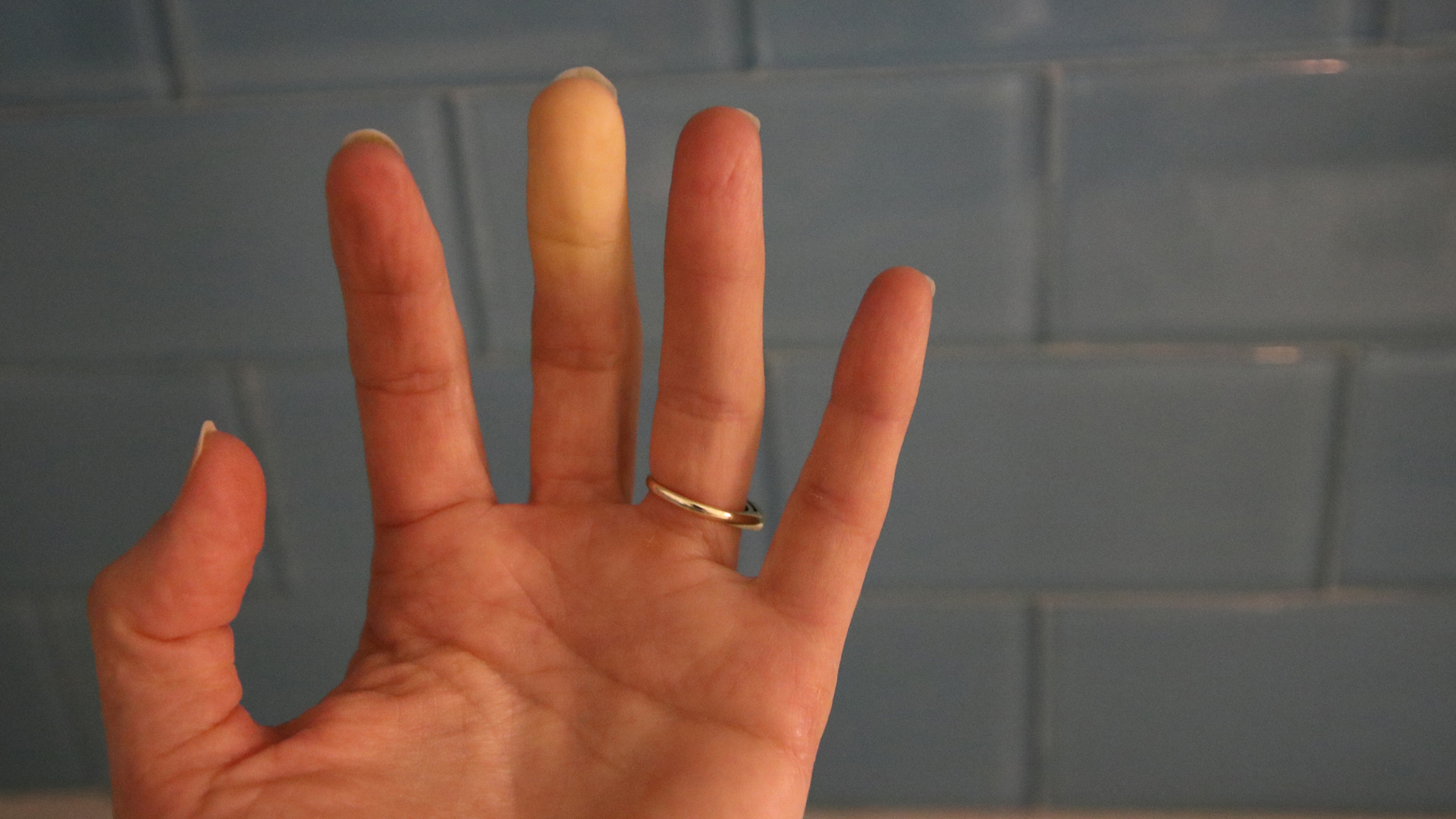Does massage help circulation?
Does massage help circulation and what massage techniques can improve your blood flow?

Does massage help circulation? Every second of every day, your circulatory system works hard to deliver oxygen and nutrients to every part of your body. So keeping your circulation in check is crucial to your health and wellbeing.
If you're wondering how to improve circulation, there are many lifestyle factors that can make blood flow as efficient as possible. Physical activity, a healthy diet and reducing stress are all important. But many therapists claim that massage has a great effect on our circulation as well. The evidence behind this claim, however, is somewhat mixed. It could be partly due to the fact that there are many massage techniques and multiple ways to measure blood flow. Classic manual treatments are likely to produce different results to those involving tools like massage guns too. You can check out our guide to the best massage guns if you're thinking of investing in one.
Here, we’ll determine whether massage can actually help our circulation, and what else you can do to boost your blood flow.
Does massage help circulation?
Massage therapy can have a beneficial impact on circulation – at least in the short-term.
“There are two main types of circulation in the body – the circulation of blood flow and the circulation of lymph flow,” says Dr Giuseppe Aragona, a GP at OnlinePrescriptionDoctor. “Often, when a person has poor circulation, they experience swelling, tension, tightness and pain which can be relieved through massage therapy. The pressure applied through massage actually helps to move blood through any congested areas, and also allows new blood to flow in once certain areas are released. This is done through various massage techniques which use varying pressure.”
A 2020 study found that a five minute manual leg massage could significantly increase circulation not only in the affected limb, but in the surrounding areas as well. A 2010 study came to a similar conclusion. Researchers measured the mean skin temperature of 17 healthy volunteers who underwent a 20 minute neck and shoulder massage session. In most cases, the increase in blood flow in the treated and adjacent areas has persisted long after the treatment was finished.

However, it gets more complicated when it comes to the long-term effects of massage therapy. How good your circulation is largely depends on the overall efficiency of your cardiovascular system. Blood pressure can be used as a good indicator of a healthy cardiorespiratory capacity, with multiple studies showing that hypertension can inflict substantial damage to blood vessels and consequently restrict blood flow.
Researchers have looked at massage therapy as a potential method for reducing high blood pressure. However, most studies found that the effects are, at best, moderate.
There’s also debate as to whether these results can be directly ascribed to the physical tension applied, or whether it’s more down to the indirect influence on the nervous system. Massage can be a very relaxing experience, particularly when it involves human touch. When your stress levels are down, so will your heart rate and blood pressure.
Can massage tools increase circulation?
Automated massage can be carried out by machines or devices able to produce vibrations of specific frequency and magnitude. It also doesn’t require the presence of a licensed therapist and it can easily be administered in most conditions.
On the whole, evidence suggests that massage tools may be quite effective at improving peripheral circulation – close to the skin surface and the areas where the tension was applied directly – but may not produce similar effects for the bigger veins and arteries in our body.
What are the signs of poor circulation?
Good circulation ensures that all of the systems in our bodies function properly. When your circulation worsens, you may notice tingling or numbness in your limbs, muscle pain, cramps, lack of energy, thinning hair and increasingly cold hands and feet.
It’s worth pointing out that poor circulation is not a disease in itself, but rather a symptom of other health conditions. For example, people who have chronically cold hands and feet may suffer from Raynaud’s disease – a condition that causes the small arteries in limbs to narrow, particularly in cold conditions or stressful situations. In this case, certain medications may be necessary.

How can you improve your circulation?
Engaging in more physical activity is one of the most effective ways to improve your circulation. Aerobic forms of exercise, such as running, swimming or cycling, are particularly good for improving the health of your cardiovascular system. But any movement that can get you warm and out of breath will be able to stimulate your blood flow and trigger necessary changes.
Nutrition is another important factor. Eating a diet rich in fruit, vegetables, lean protein and omega-3 fatty acids will reduce your risk of developing severe cardiovascular conditions.
Quitting smoking is another positive lifestyle change. Smoking greatly contributes to the formation of fatty plaques in the artery walls, which may restrict or even block the blood from flowing freely.
Managing your stress levels and maintaining sleep hygiene can make a big difference to your circulation too. Severe and chronic stress can vastly increase your blood pressure and cause serious heart problems, which may have a detrimental effect on your circulation.
- Related: Does massage help arthritis?
Sign up for the Live Science daily newsletter now
Get the world’s most fascinating discoveries delivered straight to your inbox.

Anna Gora is a health writer at Live Science, having previously worked across Coach, Fit&Well, T3, TechRadar and Tom's Guide. She is a certified personal trainer, nutritionist and health coach with nearly 10 years of professional experience. Anna holds a Bachelor's degree in Nutrition from the Warsaw University of Life Sciences, a Master’s degree in Nutrition, Physical Activity & Public Health from the University of Bristol, as well as various health coaching certificates. She is passionate about empowering people to live a healthy lifestyle and promoting the benefits of a plant-based diet.










